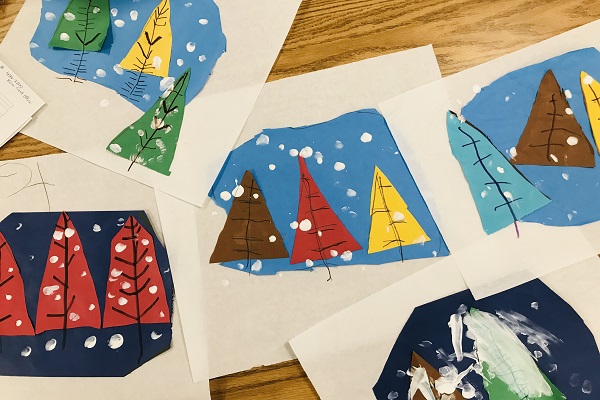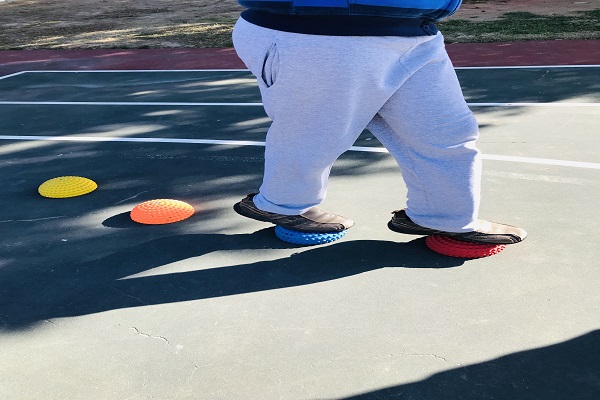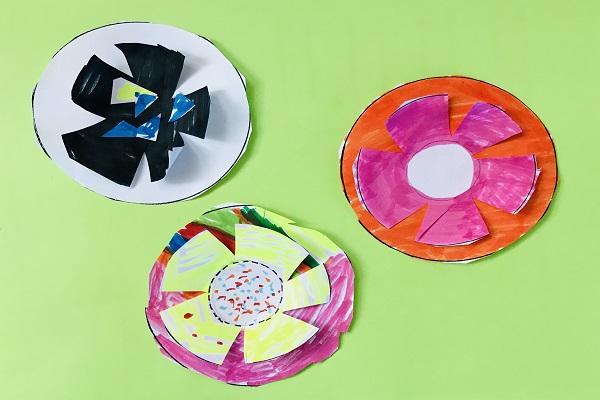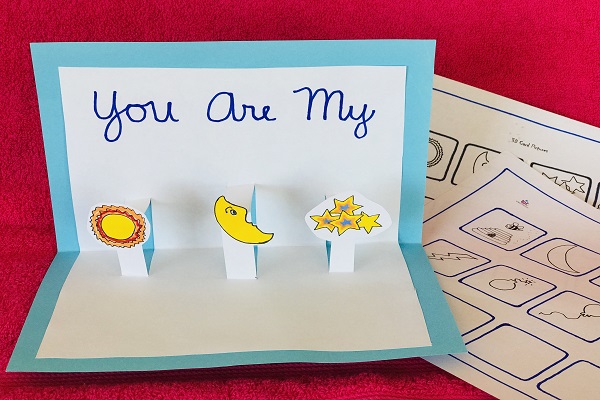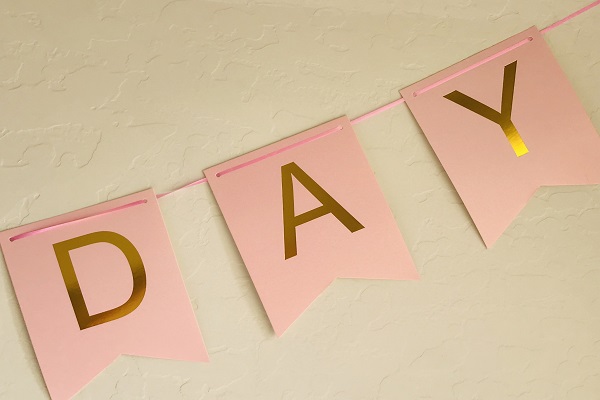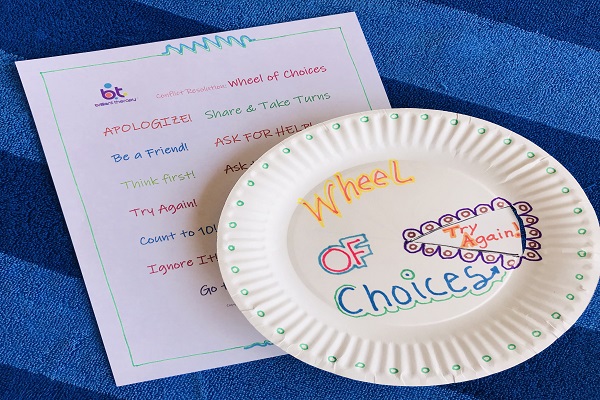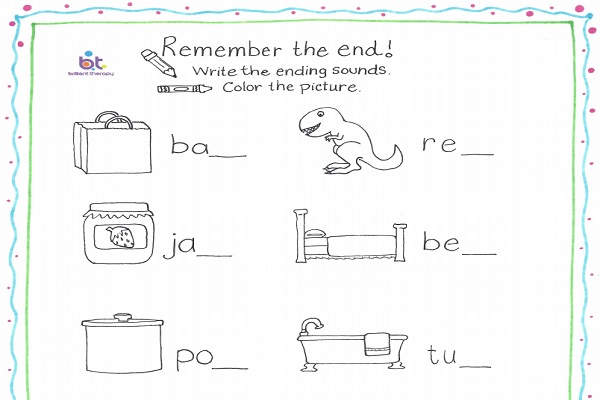05 Dec Wintertime Trees: Triangle Cut, Paste, Paint
Easy to set up and a wonderful way for clients to work on fine motor, visual perception, visual motor, direction following and asking for or sharing of tools makes this a great therapy option. SUPPLIES: Colored paper, white paint, paint brushes, scissors, glue stick. (optional-marker) OPTIONS: You...




